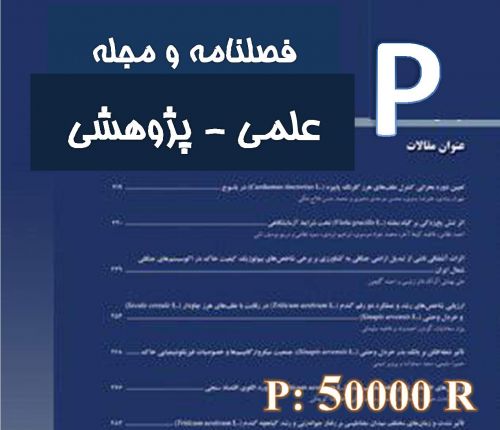Aims: Given the prevalence of methicillin-resistant Staphylococcus aureus infections and the importance of antibiogram pattern in the treatment of these infections, the present study aimed to evaluate the methicillin and vancomycin resistant Staphylococcus aureus clinical isolates. Materials & Methods: S. aureus isolates were diagnosed using proprietary cultivation environments and standard biochemical methods by isolating 130 Staphylococcus samples from patients’ clinical specimens. The isolates antibiotic susceptibility pattern was determined by disc diffusion method. MRSA isolates were identified using cefoxitin discs, and the E-test method was used to determine the minimum inhibitory concentration (MIC) of vancomycin antibiotic. Furthermore, the multiplex PCR method was used to study the frequency of mecA and vanA genes. Results: In the present study, 57 out of 130 Staphylococcus isolates were diagnosed as S. aureus. According to the antibiogram test results, the isolates showed the highest resistance to penicillin (92.98%) and the lowest resistance to ciprofloxacin (10.52 %). In addition, the resistance to methicillin was reported as 21.56 % using cefoxitin disc. According to the E-test results, 90% of the isolates were susceptible to vancomycin, and 10% showed heterogeneous resistance to vancomycin. The molecular analysis indicated that mecA gene was present in 35.08% of the isolates, but no isolate contained vanA gene. Conclusion: Despite the lack of resistance to vancomycin, the isolates showed a high resistance to methicillin. Therefore, the present study results emphasized the necessity of performing antibiotic sensitivity tests before the drug administration.
کلید واژگان :Staphylococcus aureus; Methicillin resistance; Vancomycin resistance
ارزش ریالی : 600000 ریال
با پرداخت الکترونیک
